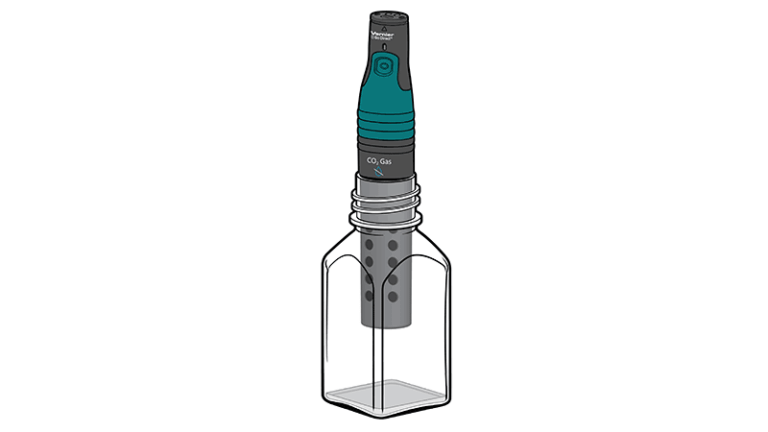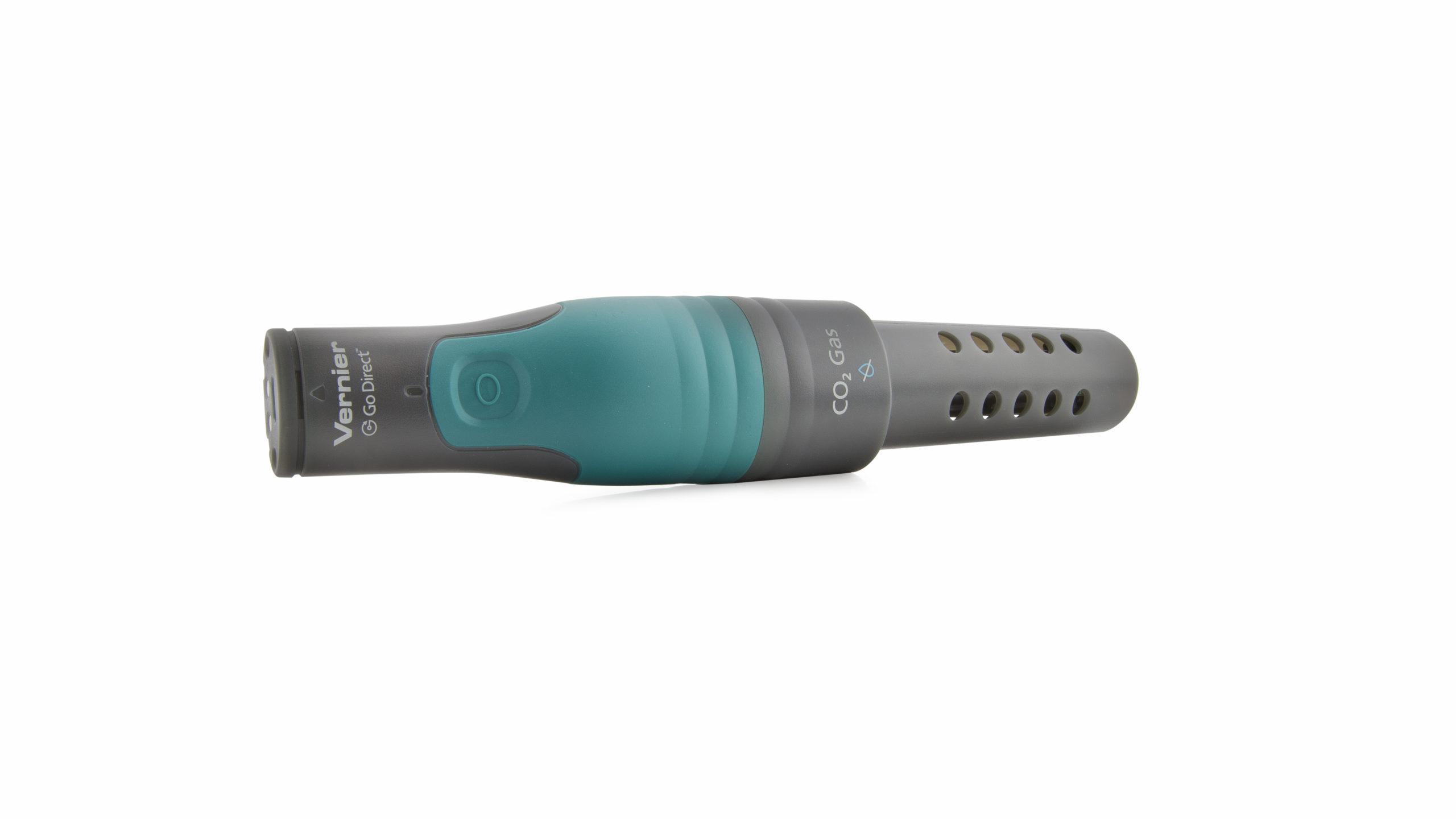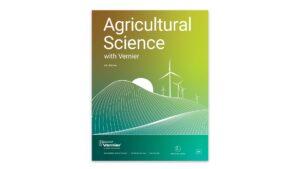Lactase Action (CO2)
Experiment #18A from Agricultural Science with Vernier
- Subject
- Agricultural Science

Introduction
Lactose, a disaccharide sugar found naturally in mammalian milk, is utilized by infants as one of their initial sources of energy. During infancy, mother’s milk is often the child’s sole source of nutrition. This milk sugar, lactose, must undergo an enzymatic reaction that separates the disaccharide molecule into two monosaccharides: glucose and galactose. This action is carried out in the cells lining the small intestine. The enzyme facilitating this reaction is called lactase. After the split, the resulting simple sugar molecules are released and the lactase enzyme is available to react again. Glucose molecules are absorbed and transported to the liver while galactose molecules undergo another enzymatic reaction converting them to glucose.
Human utilization of milk as a food source varies across the globe. The adaptive production of sufficient lactase is a trait expressed in cultures that relied on dairy products over the generations. People from cultures lacking reliance on dairy products are prone to lactose intolerance, missing the level of lactase production necessary to metabolize the lactose molecule from milk. When dietary lactose escapes lactase action, the molecule proceeds to the large intestine where it is subjected to bacterial fermentation. As increased amounts of lactose pass through the small intestine without conversion, anaerobic bacteria in the colon increase fermentative gas production and discomfort, typical symptoms of lactose intolerance.
In this lab, you will assess the functioning of lactase. One way is to determine if the enzyme is converting the disaccharide into glucose and galactose by measuring the amount of glucose produced. You can use glucose test strips, originally made for diabetics to detect glucose levels. The test strip turns a range of colors to indicate the sugar’s concentration in solution.
Objectives
- Test the action of lactase.
- Use a glucose test strip to monitor the presence of glucose.
- Determine if yeast can metabolize glucose, lactose, or galactose.
Sensors and Equipment
This experiment features the following sensors and equipment. Additional equipment may be required.
Option 1

Option 2

Ready to Experiment?
Ask an Expert
Get answers to your questions about how to teach this experiment with our support team.
- Call toll-free: 888-837-6437
- Chat with Us
- Email support@vernier.com
Purchase the Lab Book
This experiment is #18A of Agricultural Science with Vernier. The experiment in the book includes student instructions as well as instructor information for set up, helpful hints, and sample graphs and data.

